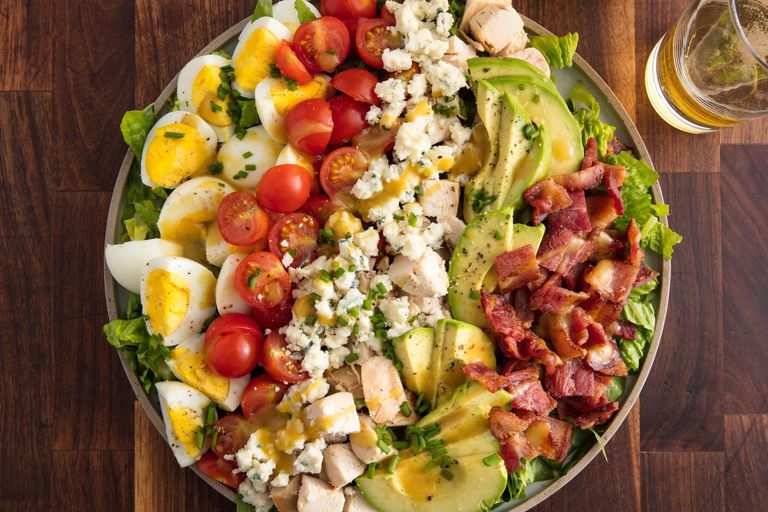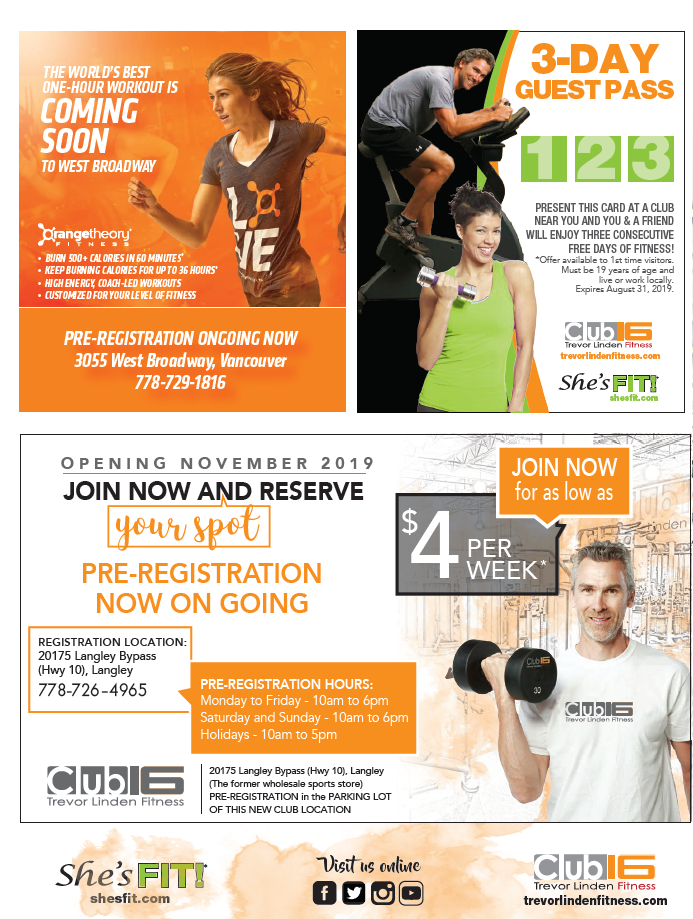10 of the Best Activities to Do on Active Recovery Days
Tai chi
A low-impact form of martial arts, tai chi is great for building strength, balance, and total-body awareness. It’s characterized by slow, flowing movements, making it ideal for activating the parasympathetic nervous system, which helps our bodies calm down and recover from the stress of our intense workouts and daily lives. Research shows tai chi offers a host of aerobic fitness-boosting, pain-relieving benefits.
Yoga
This tried-and-true recovery activity not only increases flexibility, but it also teaches proper breathing techniques and body control. In addition, an easy yoga flow also promotes blood flow to help repair your broken-down muscle tissues.
Light resistance training
Yes, you can still lift on your easy day if you want to. In fact, performing high-rep exercises with a light weight (light as in about 30 percent of the heaviest weight you could use) helps stimulate blood flow and supply nutrients to the working tissue without straining or tearing them down. Pick five to eight exercises to create a full-body circuit, and perform each move for 40 seconds, followed by 20 seconds of rest. Repeat for a total of three to four rounds. As a bonus, you can use these light training sessions to work on perfecting your exercise form. While light lifting can be a great active recovery method for some, you probably want to skip it if you’re feeling too sore from your last workout. Stick to the lighter forms of activity on this list.
Hip and core activation exercises
Your core and hips power your every movement, whether you’re getting up to refill your coffee mug or squatting with a heavy barbell. Keeping these critical muscles—which include your abdominals, low back muscles, glutes, hip flexors, and hip adductors—firing on your off days will help prep your body for the more intense work you may have planned for the days ahead. Simply put, keeping them working will keep them limber and trained to activate when you need them during your hard workouts. Consider these your go-to moves and sprinkle them throughout your day: bird dogs, dead bugs, bodyweight glute bridges, fire hydrants, and planks.
5. Self-myofascial release
Whether you use a foam roller, lacrosse ball, or massage stick, self-myofascial release—a method of massaging the connective tissues surrounding the muscles and bones—offers a bevy of recovery benefits. In fact, self-myofascial release may help increase range of motion and reduce delayed-onset muscle soreness following intense exercise, according to a review in the International Journal of Sports Physical Therapy
Swimming
Taking your workout to the pool is a great low-impact exercise option. Swimming allows your body to be weightless, relaxes your joints, and stretches your body in ways you wouldn’t be able to on land. In addition, the water pressure helps improve circulation in the muscles, blood vessels, and heart.
Steady-state walking or running
High-intensity interval training might be all the rage, but there’s still a time and place for good old-fashioned steady-state cardio that has you running (or doing another cardio exercise like biking) at a moderate, sustainable pace for a certain period of time. This type of cardio elevates your heart rate and makes you break a sweat. It’s also great for building cardiovascular endurance. On a scale of zero to 10—where zero means you’re sitting on the couch and 10 refers to an all-out effort—you should be working at an effort between four and six.
Steady-state cycling
Running not your thing? Get in some steady-state cardio by cycling instead. Hop on a bike (stationary or moving) and pedal away for a low-impact form of exercise—it lets you get in some cardiovascular exercise without all that pounding on your joints. “This is a great way to improve circulation to the lower body, and it can be done at low intensities,” Suter tells SELF.
Hiking
To brighten your mood while working your muscles, head outside for some fresh air. A review published in the journal BMC Public Health found that studies on the topic suggest nature may have direct and positive impacts on well-being. In addition, one small study of 38 people published in the Proceedings of the National Academy of Sciences found that spending time in the great outdoors—busy city streets don’t count—may reduce rumination (having repetitive negative thoughts about oneself) and support mental health. And compared to walking down a flat sidewalk or road, hiking on uneven terrain will work a wider variety of muscles and challenge your glutes, core, and ankle strength more.
Rollerblading
Take this ‘90s throwback for a spin. Doing your cardio on skates helps challenge your brain and motor skills in a different way, promotes blood flow and circulation, and improves heart health. Rollerblading is also a fantastic, low-impact cross-training option, and since it likely works different muscle groups than the exercises you’re used to, can help you avoid overuse injuries. Plus, there’s no denying it’s fun!
Source: https://www.self.com
Carbohydrates – All You Need To Know
Carbohydrates have long been the subject of debate among researchers, particularly with regard to what they are and whether they are healthful.
Carbohydrates, fat, and protein make up the three macronutrient groups that are essential components of any diet.
There are, however, different types of carbohydrates and it is essential to know the difference between them in order to understand which ones to eat and which ones it is best to avoid.
Simple vs. complex carbohydrates
Whole grain foods contain complex carbohydrates.
Carbohydrates are one of the body’s primary sources of energy and represent an essential part of any healthful diet.
The different types of carbohydrates vary in terms of the impact they have on a person’s health.
Fiber, starch, and sugar are all carbohydrates.
There are three broad groups of carbohydrates:
- Monosaccharides: This is the most basic form of carbohydrate. Examples of monosaccharides include glucose and fructose.
- Disaccharides: These are two monosaccharide molecules bonded together. Examples include lactose and sucrose.
- Polysaccharides: This refers to chains of more than two monosaccharide molecules bonded together. Examples include fiber and starch.
Monosaccharides and disaccharides make up the different types of sugars and are known as simple carbohydrates. They provide a rapid source of energy.
Fiber and starch are made from polysaccharides and are known as complex carbohydrates. They contain longer chains of molecules that take longer for the body to break down and digest.
Foods that contain complex carbohydrates are generally more nutritious than those that contain simple carbohydrates. Examples of complex carbohydrates include whole grain foods and vegetables. Examples of simple carbohydrates include corn syrup, soda, and cookies.
Many people choose to maintain a low-carb diet or to cut carbohydrates out entirely. However, it is not a good idea to go on a low or no-carb diet unless a doctor specifically advises, as it may not be beneficial to some people.
Carbohydrates are an essential macronutrient and a valuable energy source.
However, a healthful diet should include more nutritious complex carbohydrates than simple carbohydrates that contain little to no nutritional value.
It is easy to replace many common types of simple carbohydrates with more healthful alternatives. For example:
- Replace fizzy drinks or fruit juices made from concentrate with water or natural fruit juices.
- Choose whole fruits instead of foods that are high in added sugar, such as cakes or cookies.
- Eat whole grain pasta, whole wheat couscous, or quinoa rather than white pasta.
- Swap white bread for whole grain bread, or wraps.
- Snack on nuts instead of potato chips.

Healthy Transformations

INGREDIENTS
1/3 c. red wine vinegar
1 tbsp. Dijon mustard
2/3 c. olive oil
kosher salt
Freshly ground black pepper
1 head romaine lettuce, coarsely chopped
4 hard-boiled eggs, peeled and quartered
12 oz. cooked chicken, diced
8 slices bacon, cooked and crumbled
1 avocado, thinly sliced
4 oz. crumbled blue cheese
5 oz. cherry tomatoes, halved
2 tbsp. Chopped chives
DIRECTIONS
- In a jar, shake together vinegar, mustard, and oil and season with salt and pepper.
- On a large platter, spread out lettuce, then add rows of hard-boiled egg, chicken, bacon, avocado, blue cheese, and cherry tomatoes.
- Season with salt and pepper, drizzle with dressing, and garnish with chives









